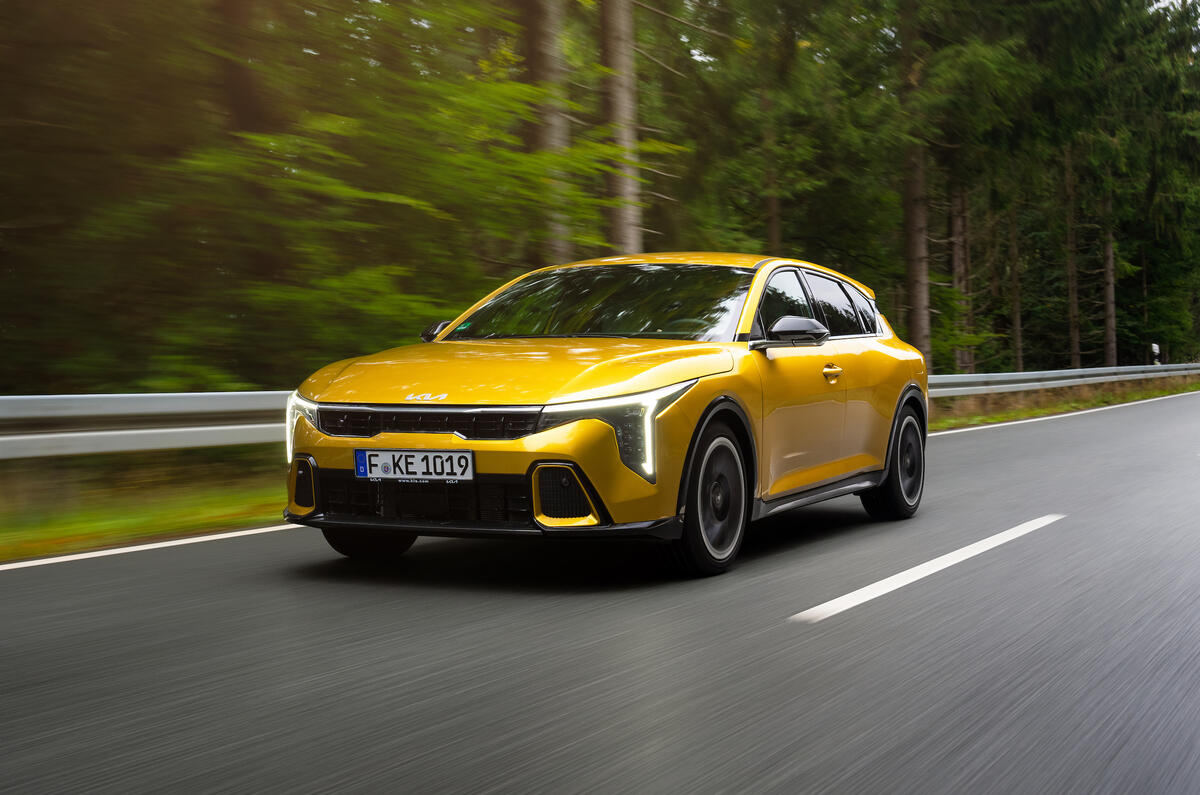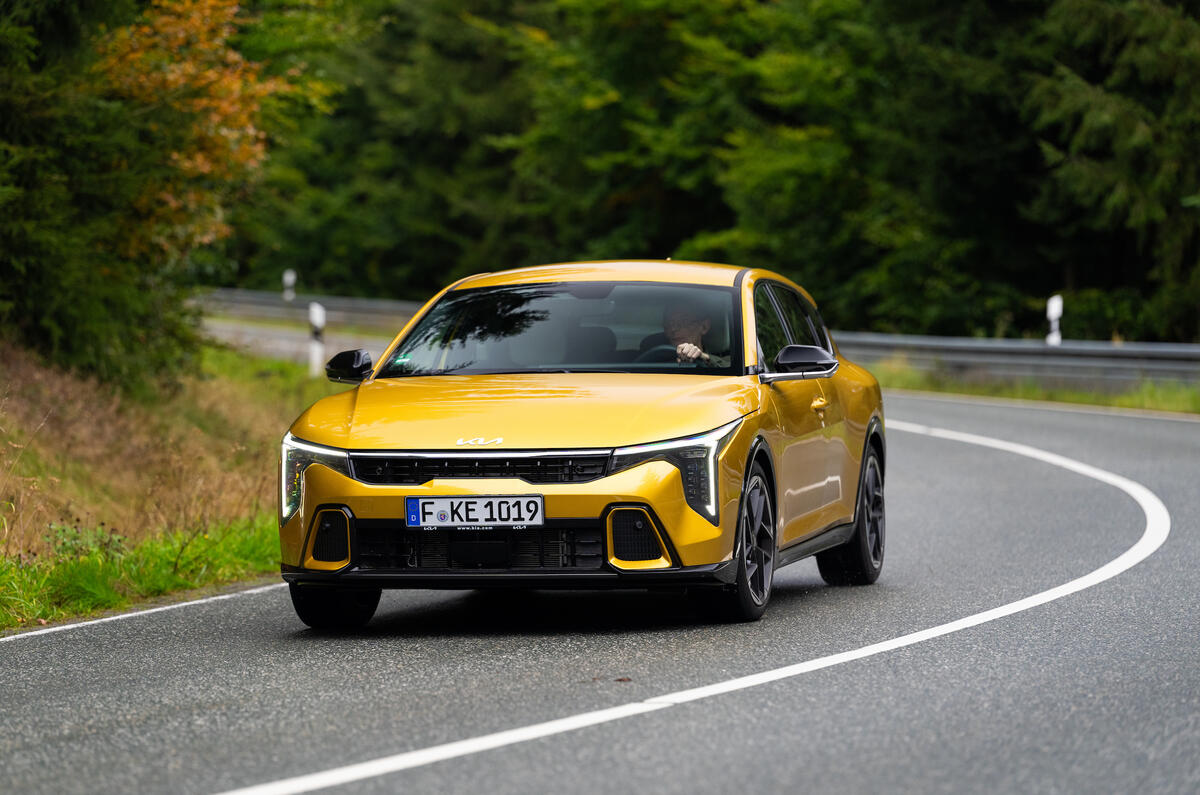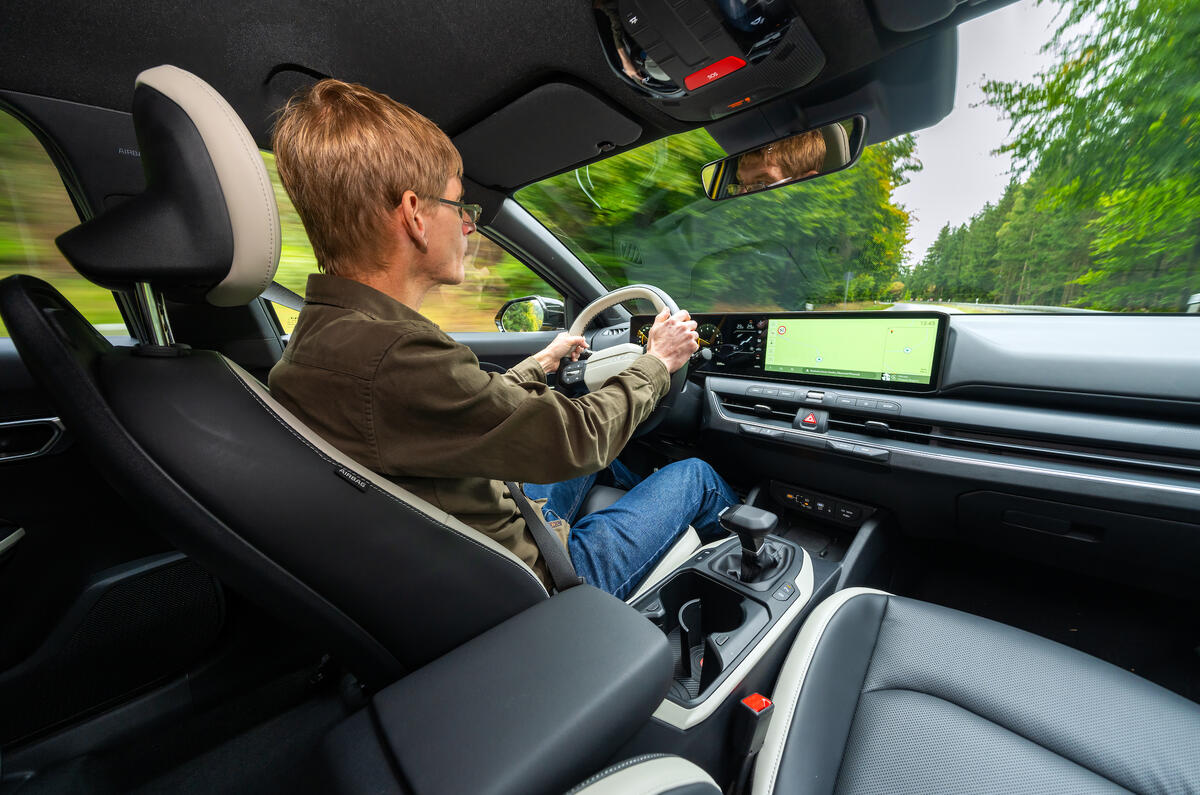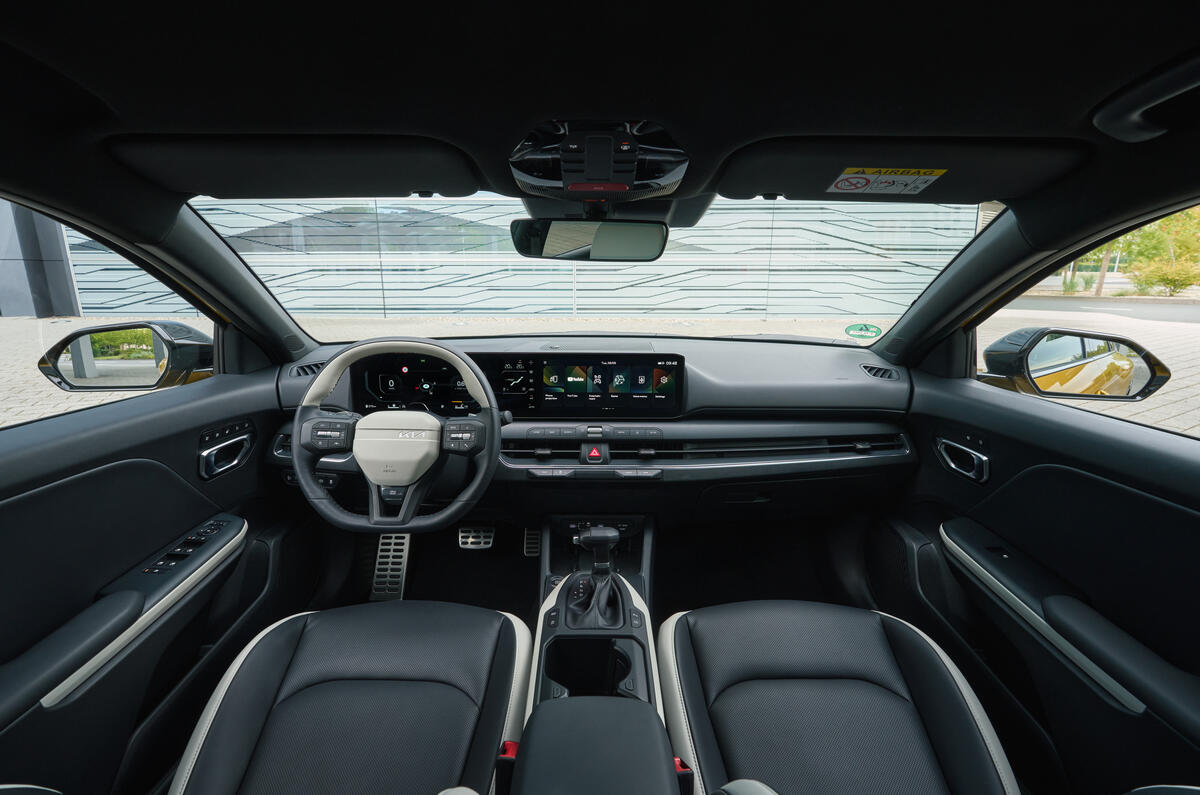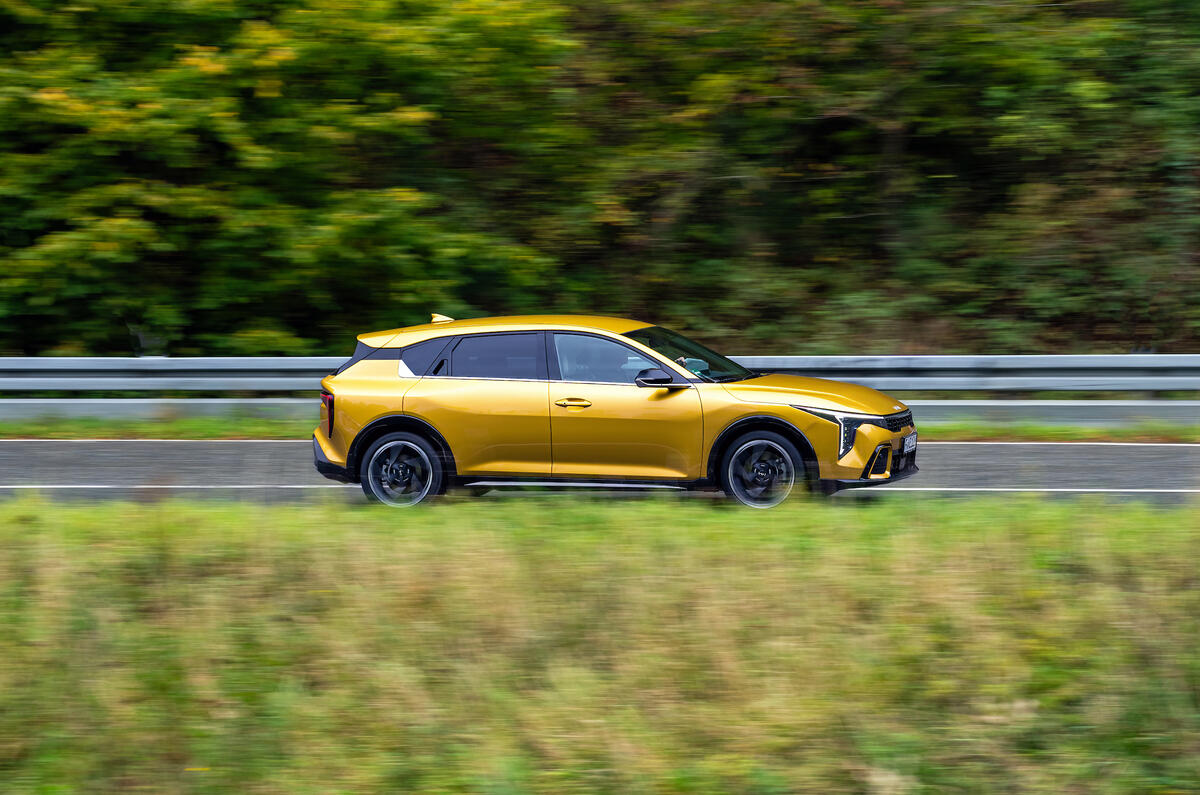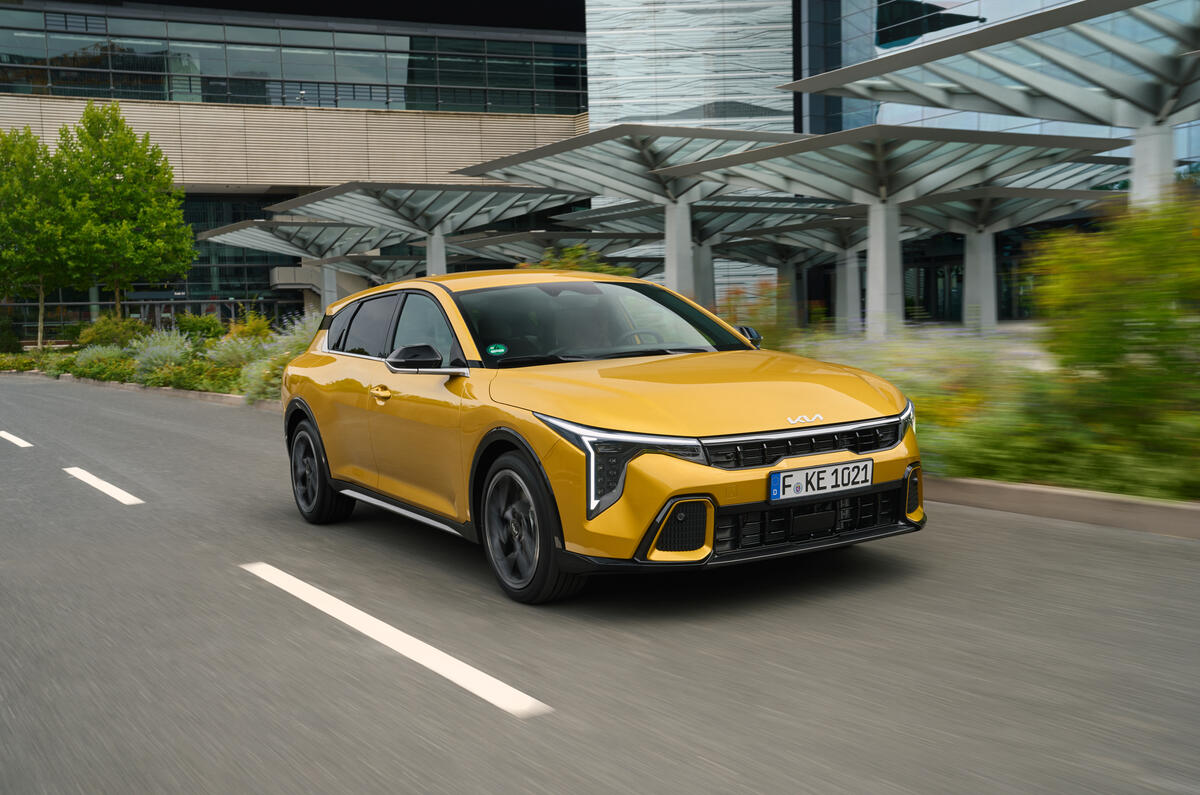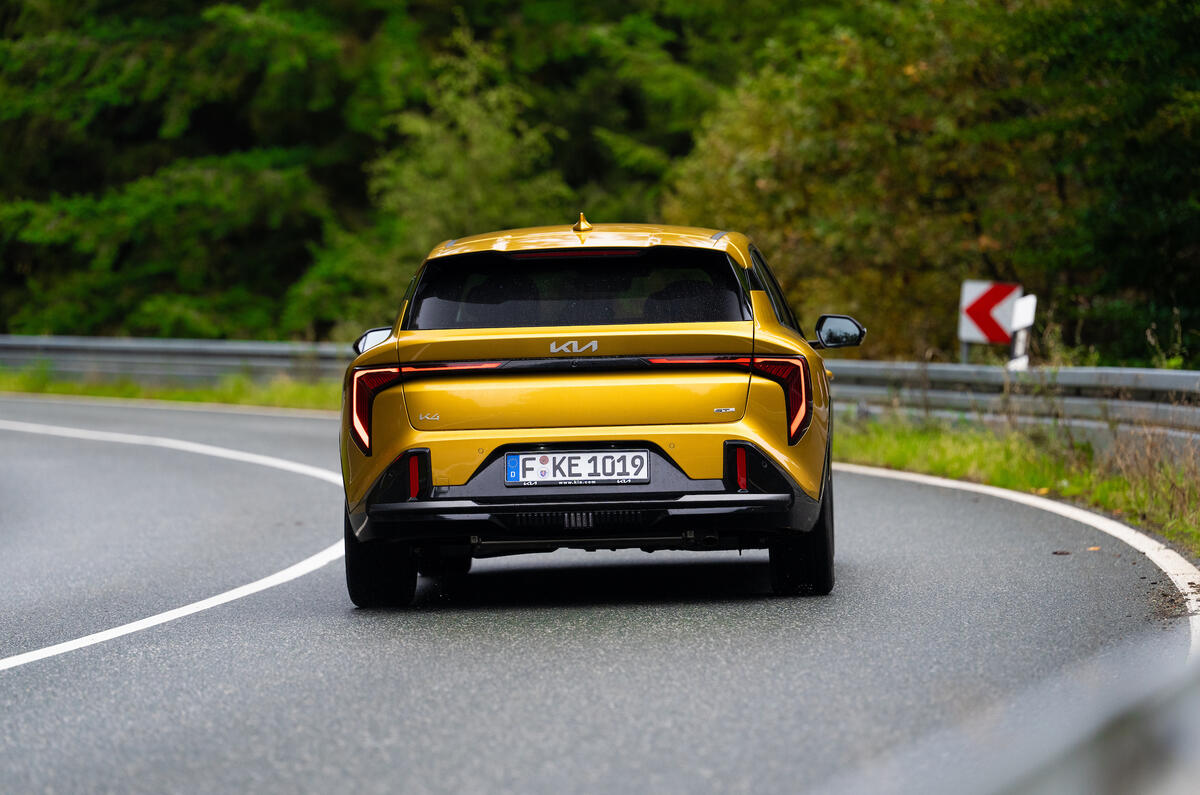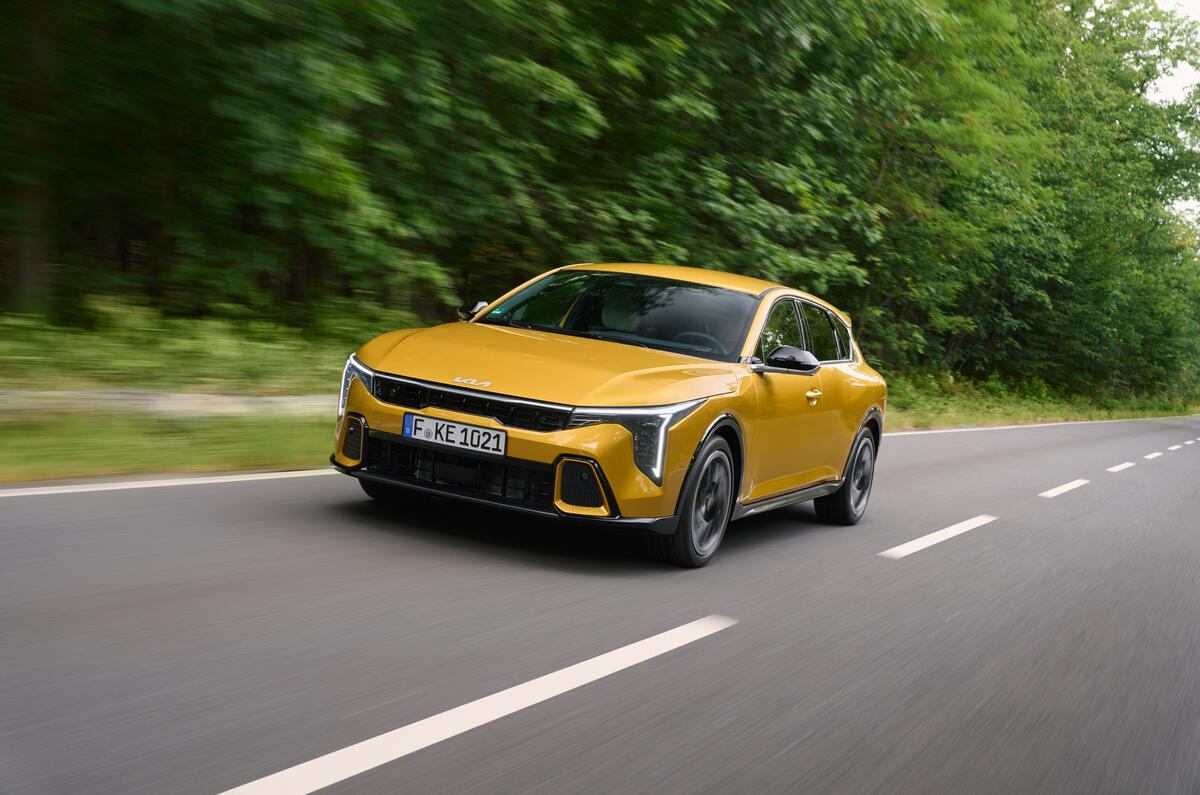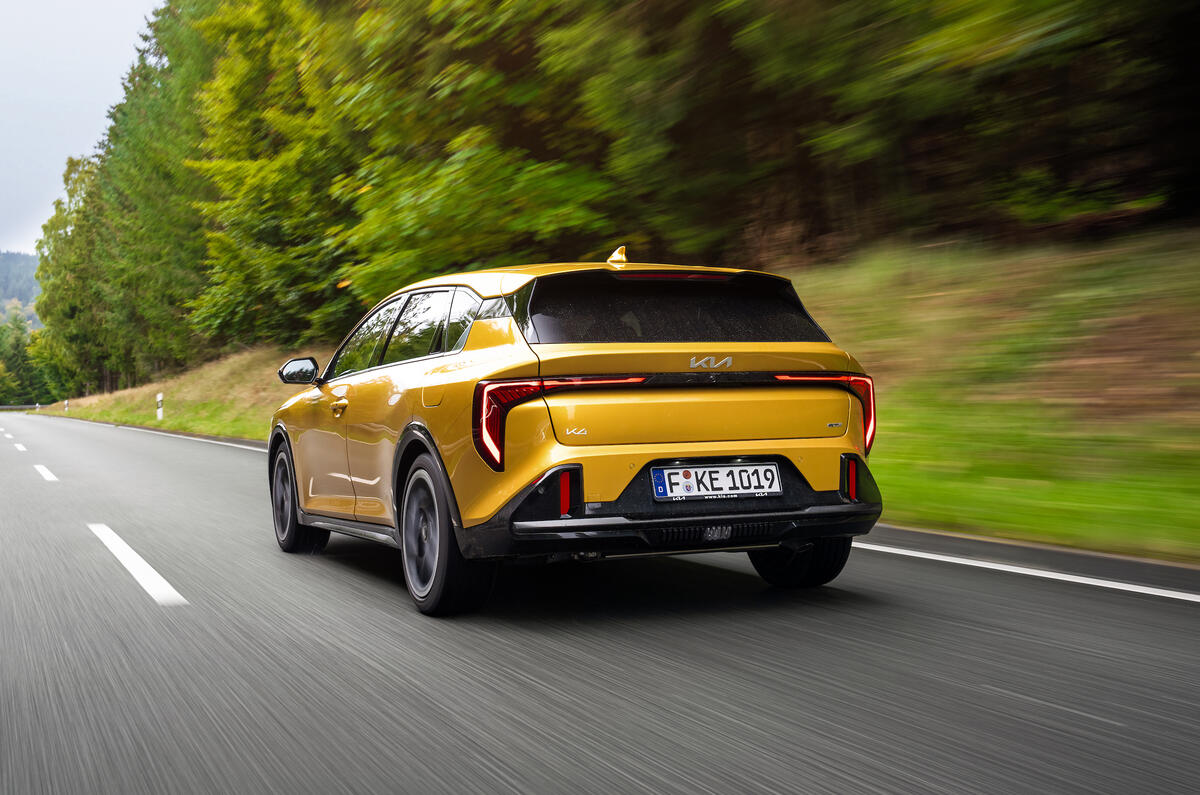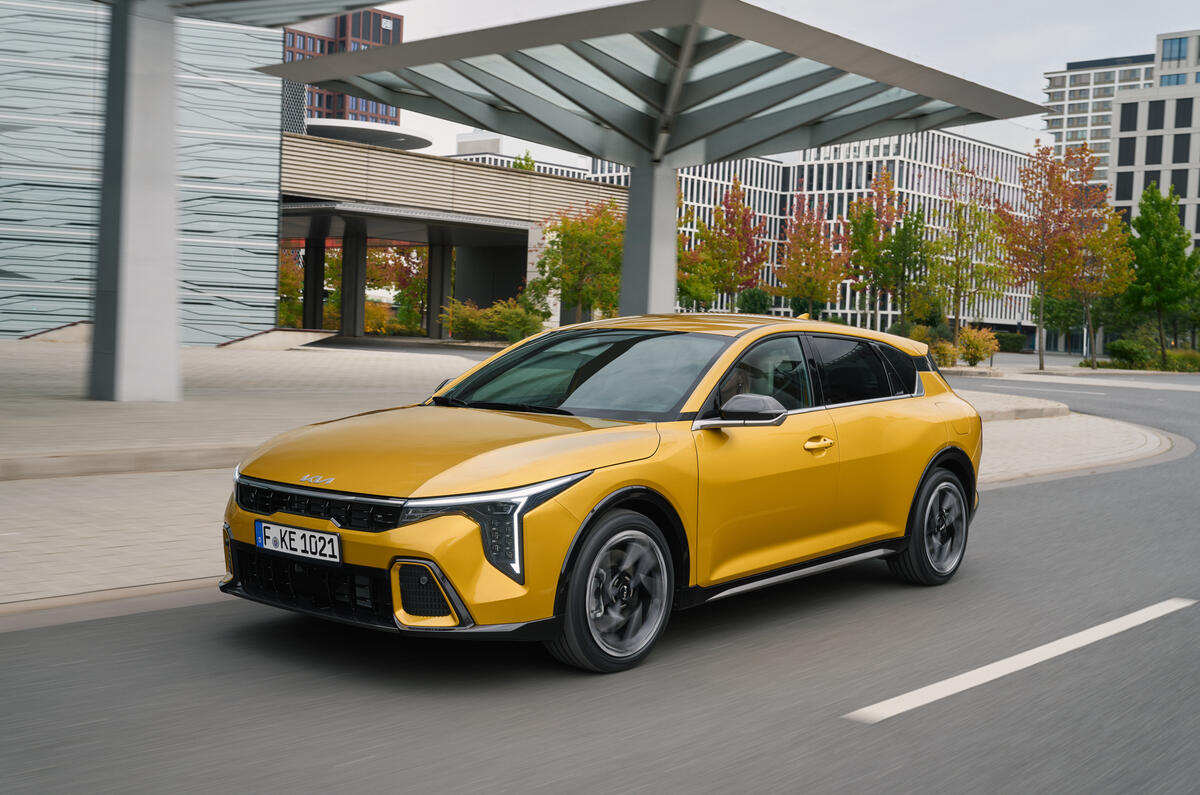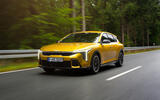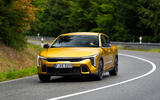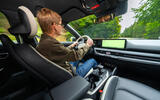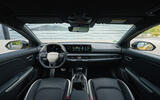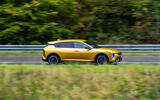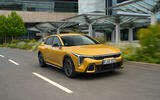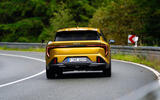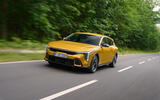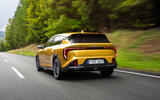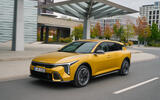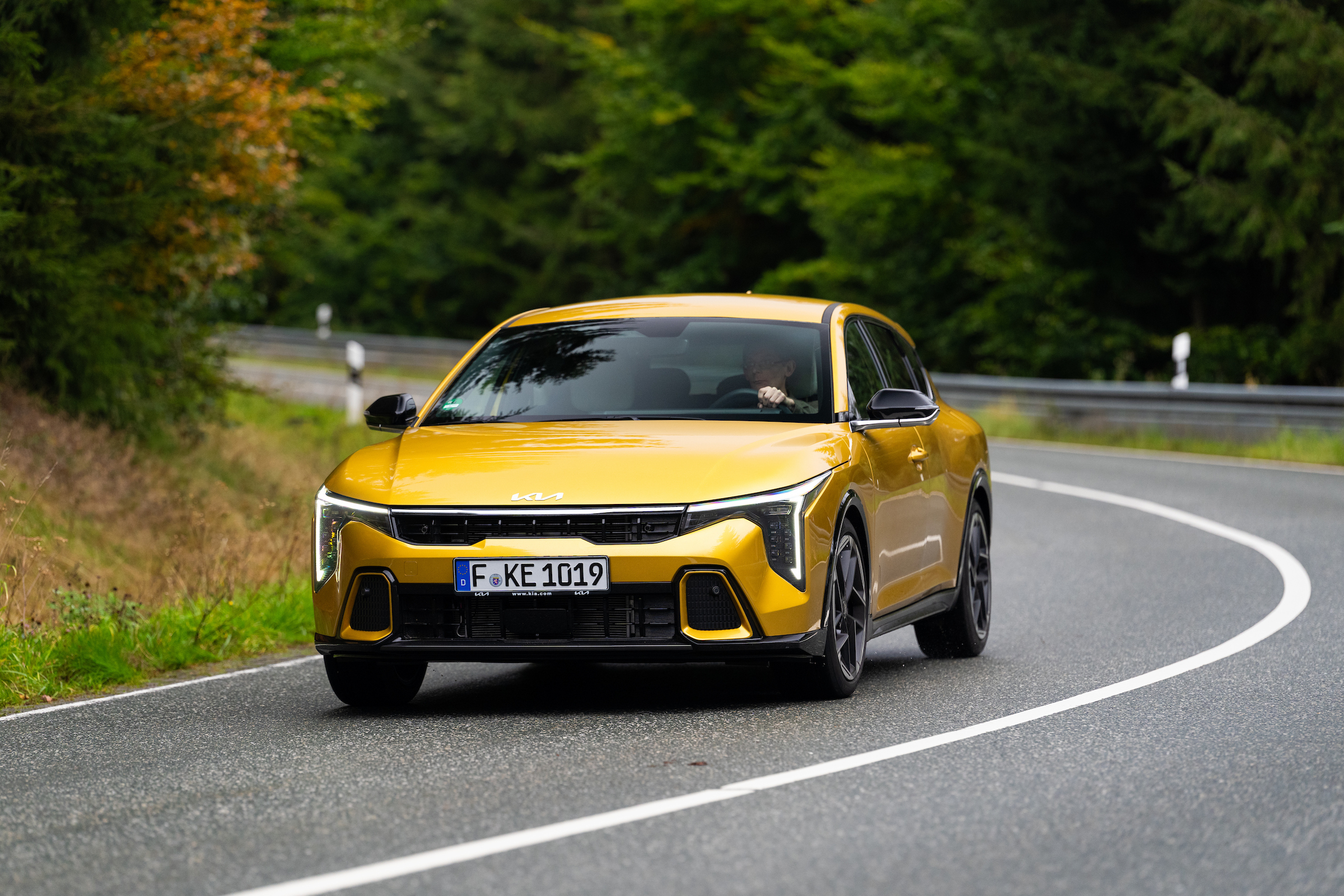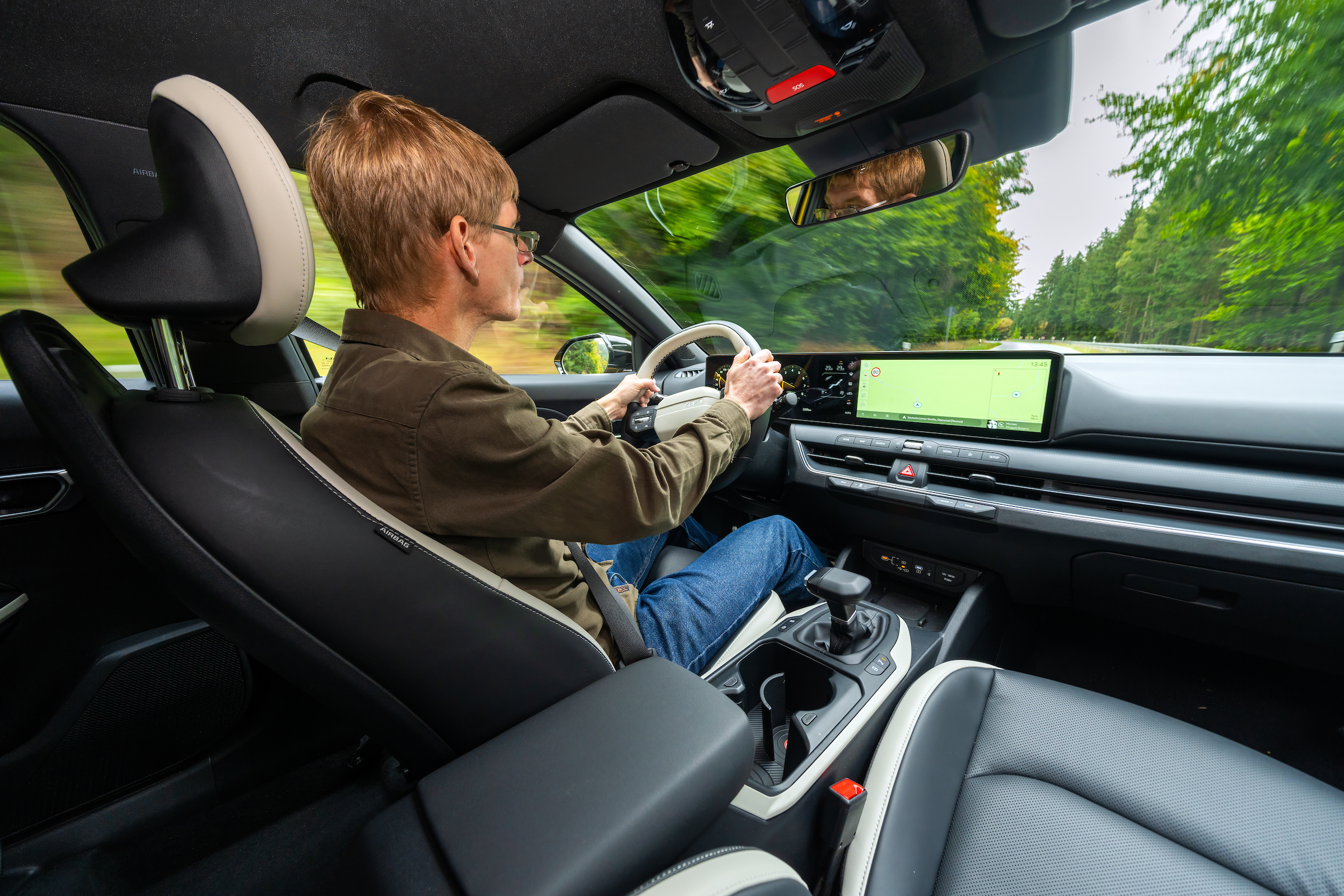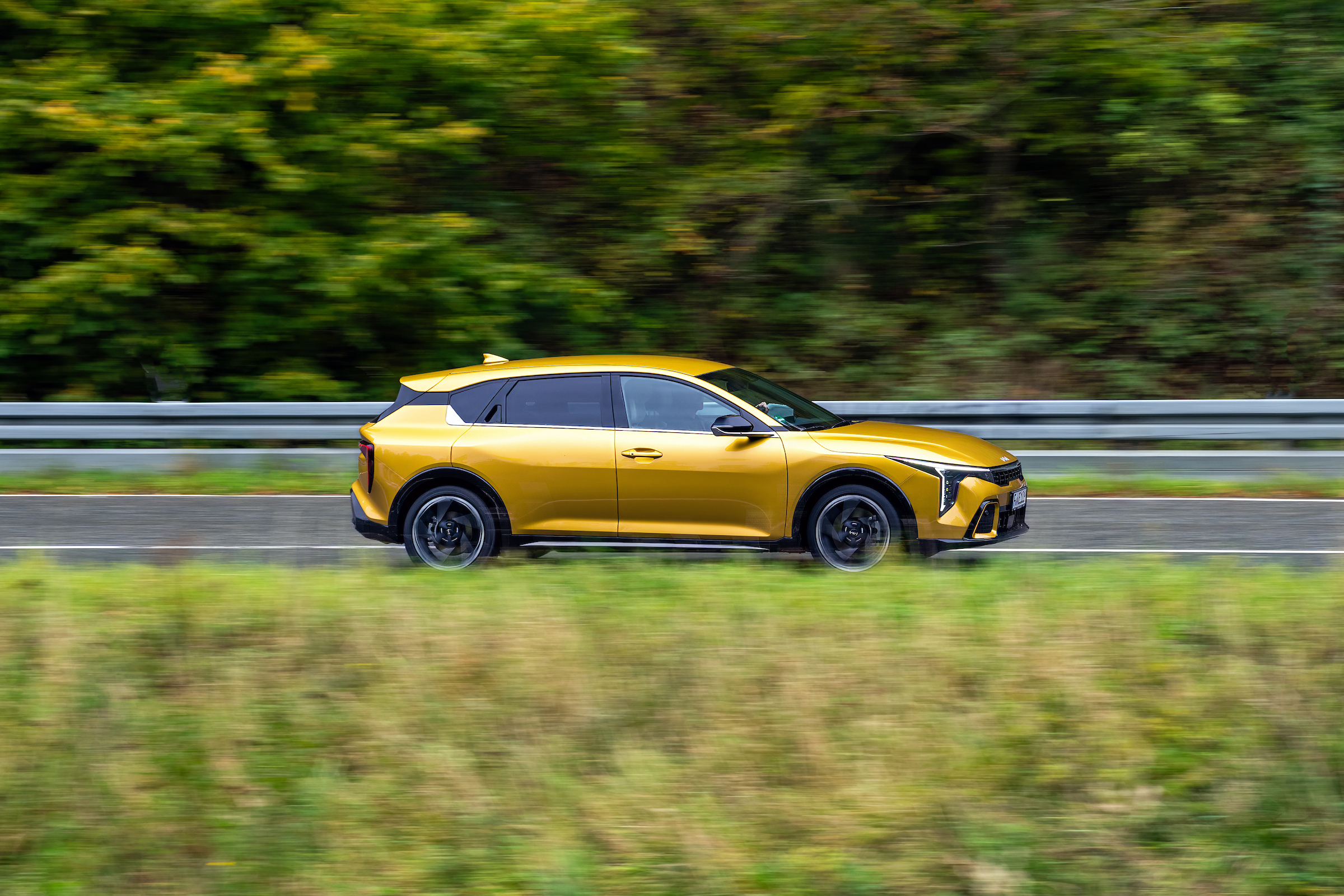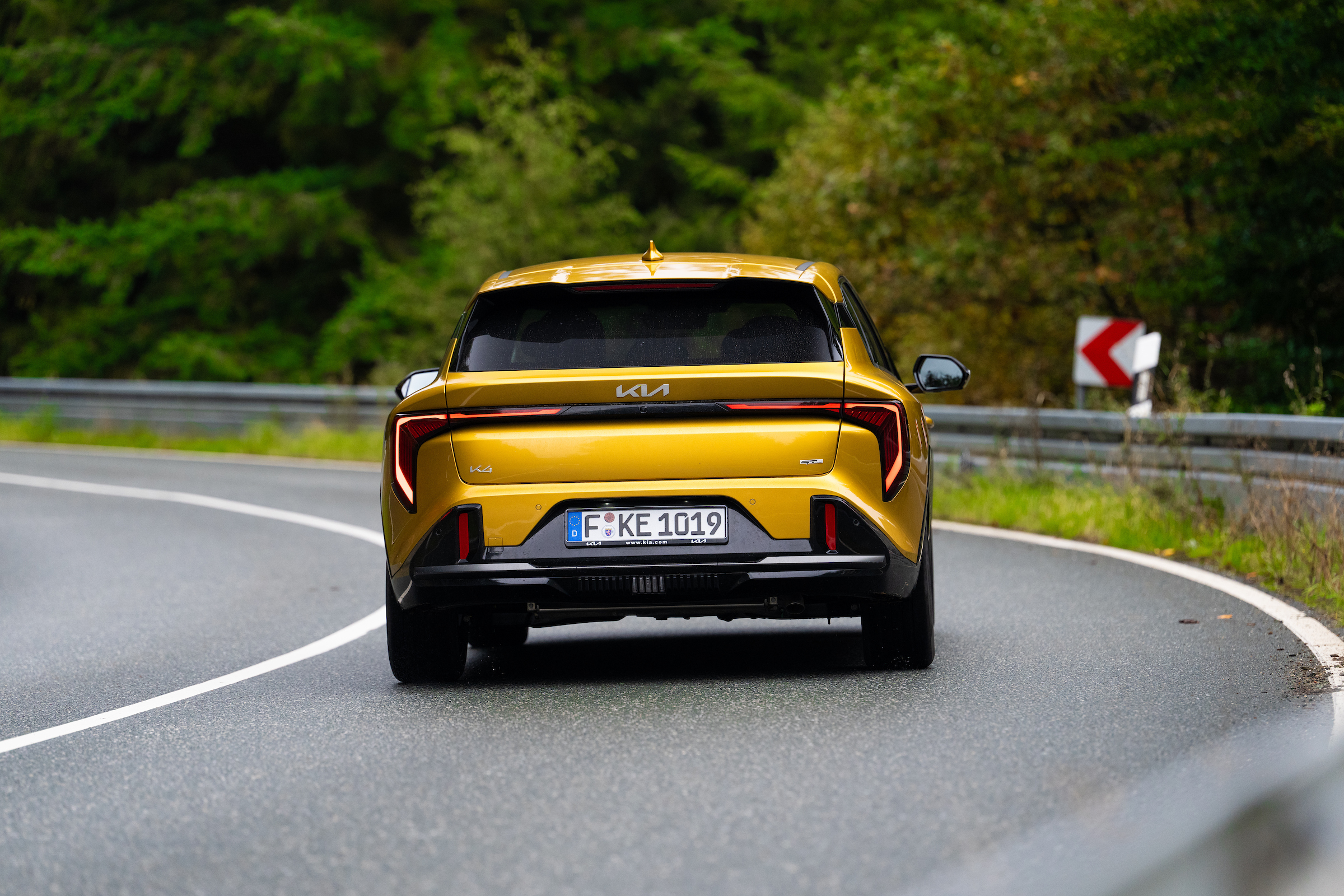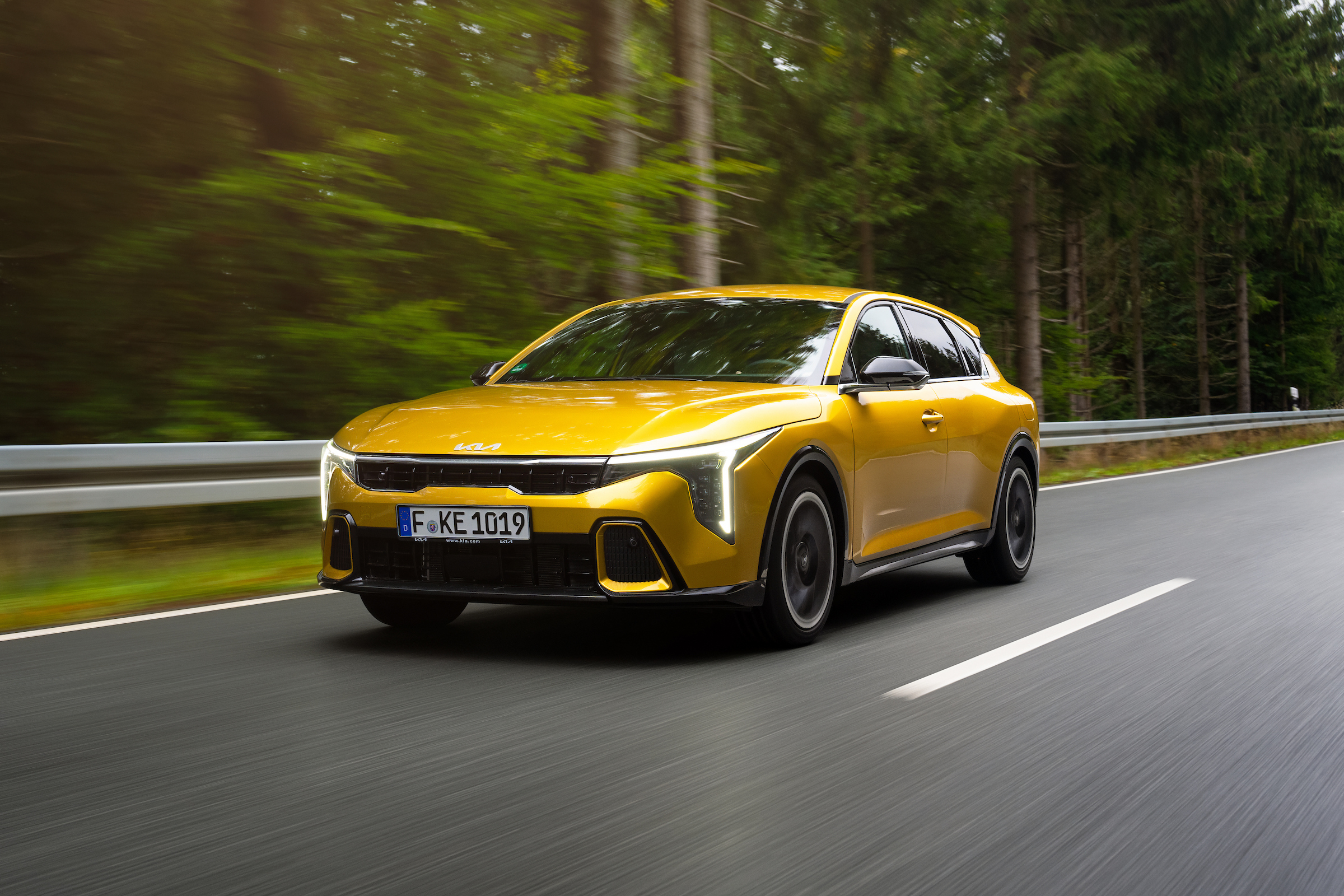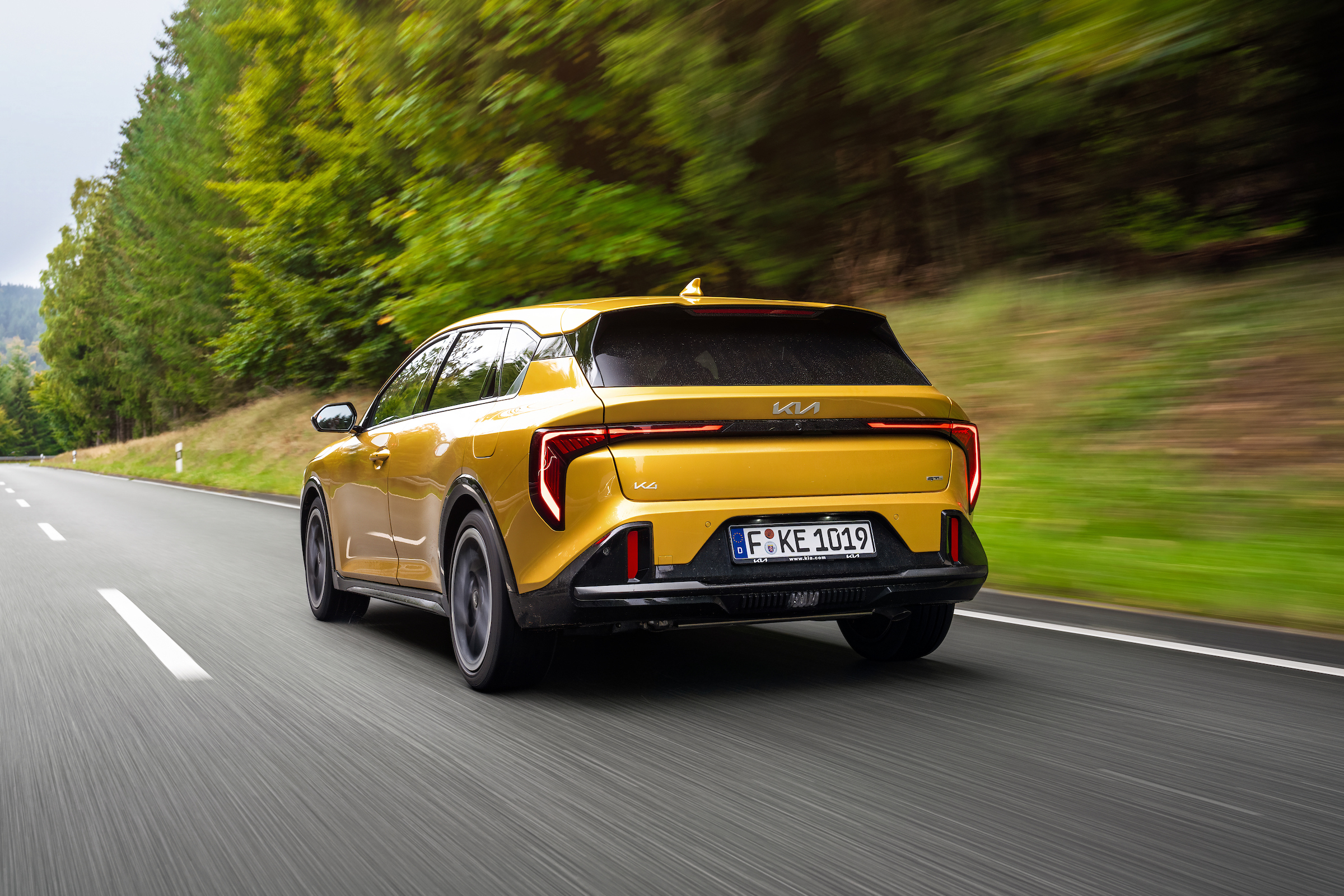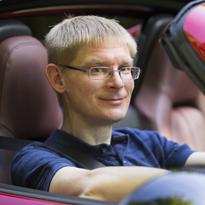In an era when some firms are giving up on petrol-powered family hatchbacks – farewell, Ford Focus; au revoir, Audi A1 – here’s something novel: a shiny new one.
And not even ‘heavy facelift’ new. This is an entirely new car with new styling and a new nameplate, only the merest hint of electrification and even the option of a manual gearbox. It’s been years since we saw a new model like this – 2019, in fact, when Skoda unveiled the Scala. So for anyone sad about a quite literal loss of Focus, say hello to the new Kia K4.
It’s a neat flex: Kia is more advanced than many of its rivals when it comes to electrification but, in this amorphous transition phase, it doesn’t want to lose its presence in the still-popular European petrol hatch market. And it has the flexibility to meet that demand, thanks to both its global manufacturing footprint and a growing EV range that ensures it can hit ZEV targets.
The K4, which Kia claims straddles the C- and D-segments, essentially fills the gap in its UK line-up left by the departed Ceed. However, Kia is at pains to point out that it’s an indirect successor, not least because the Ceed was a European-specific model (Ceed stands for European Economic Community, European Development – abbreviated as CEEED in some European languages, and the apostrophe originally in the name was to reduce the number of ‘e’s) and the K4 is a global model. It sits on a version of the platform used for the Kia Niro and Hyundai Kona, will be built in Mexico and will be offered as a hatch and a saloon, although we’ll get only the hatch.
Despite being a global car, there is local influence here with the input of Kia’s European development team. You might have read reviews elsewhere of the American K4 saloon, but the chassis and suspension of European hatches have been tuned specifically for the roads here. So our outing in this pre-production car is the first time a UK publication has driven a K4 in a spec you’ll actually be able to buy in Britain.


